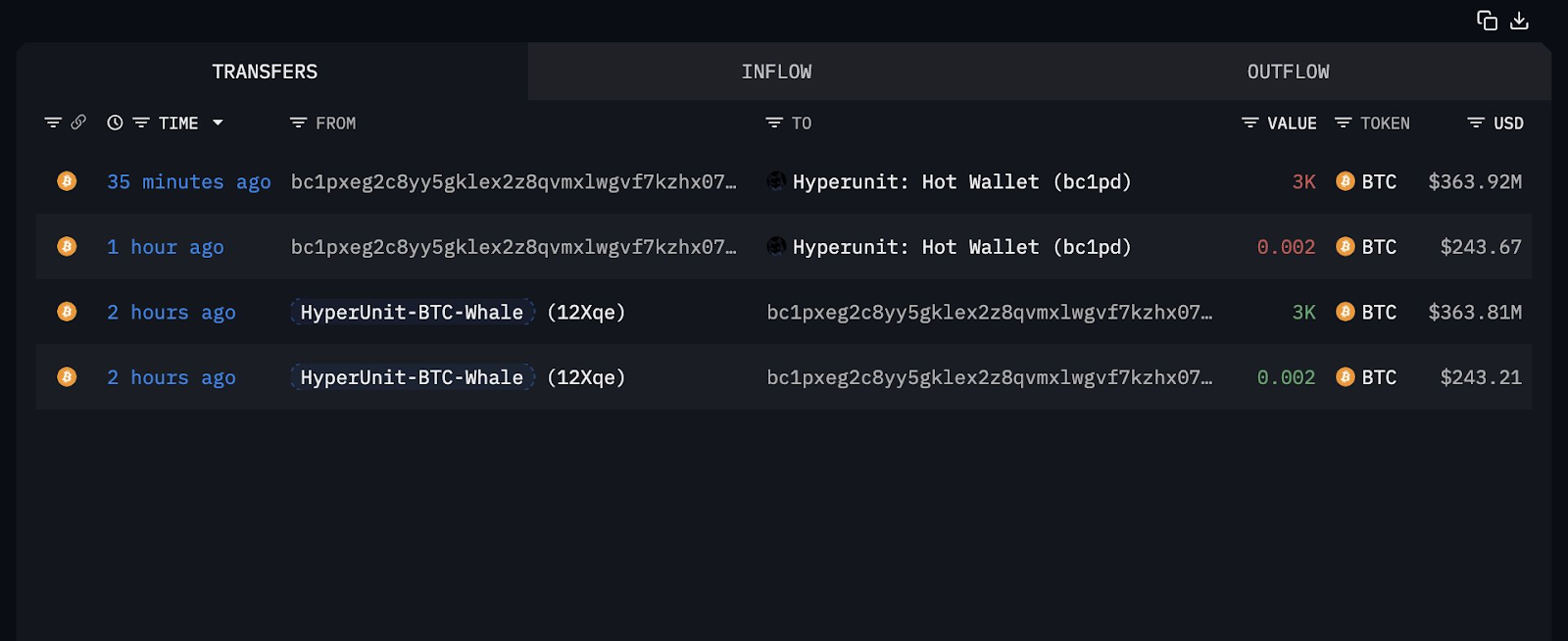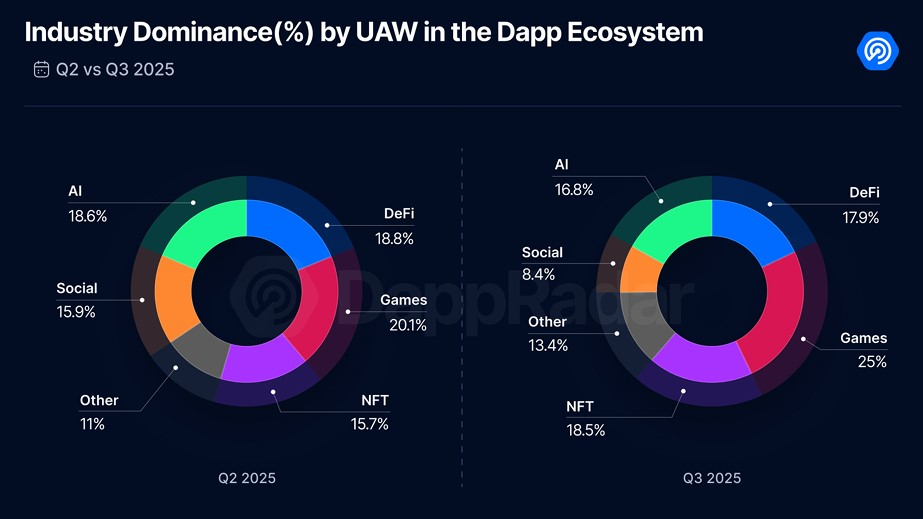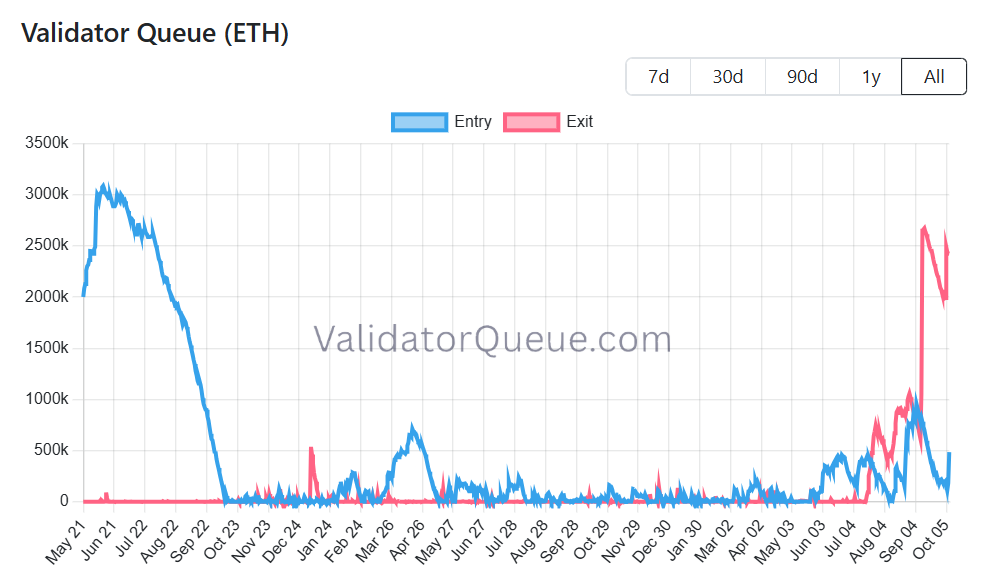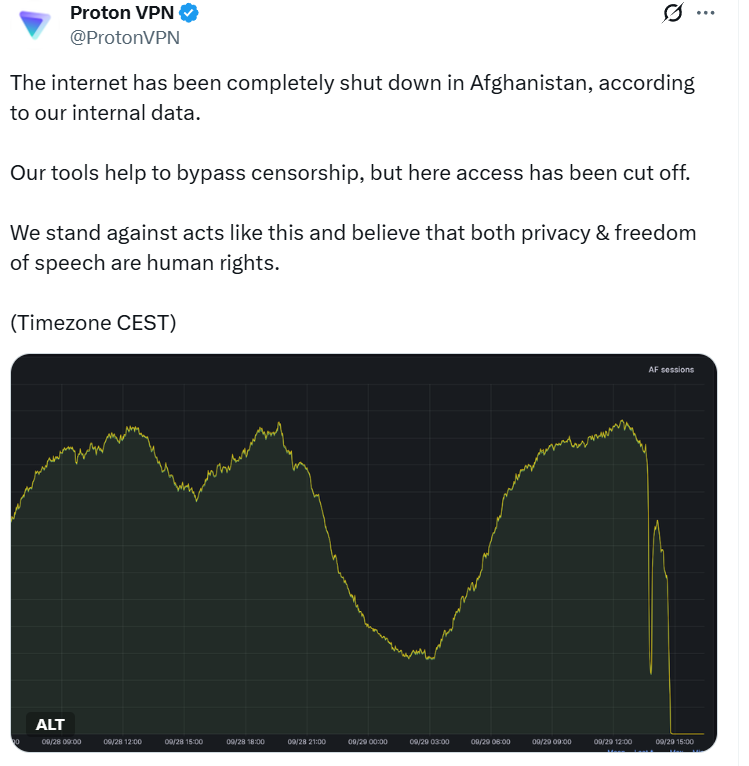The $11 billion Bitcoin whale returned with a $360 million BTC transfer, signaling potential rotation into Ether and renewed market activity; this move, coupled with record DeFi TVL and surging Ethereum validator withdrawals, may shape short-term liquidity and “Uptober” expectations.
-
$360M BTC transfer by $11B whale suggests further rotation into ETH.
-
DeFi Total Value Locked hit a record $237 billion while daily active wallets fell 22% in Q3 (DappRadar).
-
Ethereum validator exit queue exceeded 2.4M ETH (~$10B), extending withdrawal wait times beyond 41 days.
Meta description: Bitcoin whale returns with $360M BTC transfer, signaling ETH rotation; DeFi TVL hits $237B; $10B in ETH awaits withdrawals — read key market impacts now.
An $11 billion Bitcoin whale returned to crypto markets this week, likely seeking trading opportunities tied to October’s historic crypto rallies and uncertainty in the US.
Cryptocurrency markets showed signs of consolidation in the second week of October, even as investors continued to bet on another “Uptober” rally to new highs.
Also in the news this week was the $11 billion Bitcoin (BTC) whale who returned after a two-month hiatus to transfer another $360 million in BTC, signaling a potential rotation into the world’s second-largest cryptocurrency, with an additional $5 billion left in their wallet.
In another potential Uptober catalyst, the US Securities and Exchange Commission (SEC) received 31 crypto exchange-traded fund (ETF) applications, with 21 of them filed during the first eight days of October.
However, the ongoing government shutdown may slow the regulatory response to these applications, as the SEC stated that it will operate “under modified conditions” with an “extremely limited number of staff” until a funding bill is passed. CBS News reported the Senate will be away until Tuesday as negotiations continue.
What happened when the $11 billion Bitcoin whale returned with a $360 million transfer?
The Bitcoin whale returned with a $360 million BTC transfer, suggesting renewed market activity and a likely rotation into Ether based on prior behavior. Blockchain analytics from Arkham indicate this was the first movement in two months and follows a prior rotation of about $5 billion from BTC into ETH.
How could the whale’s transfer influence short-term market liquidity and prices?
The whale still holds over $5 billion in BTC, which could apply selling pressure if moved to market. Past transactions show the address sold $2.59 billion of BTC on Aug. 21 to fund spot ETH and perpetual positions.
Analysts note rotation patterns matter more than single transfers. If the whale redeploys funds into Ether, ETH liquidity and derivative positioning could strengthen, while BTC supply pressure may rise temporarily.

Source: Arkham
Why did DeFi TVL reach a record $237 billion while active wallets declined?
DeFi TVL hit $237 billion as institutional capital flowed into protocols, even as retail engagement fell 22% in daily unique active wallets. DappRadar’s Q3 data shows a divergence: deep liquidity from institutions alongside lower retail activity in SocialFi and AI categories.
AI-focused DApps lost over 1.7 million users quarter-over-quarter, while SocialFi daily users fell sharply. The trend indicates capital concentration in DeFi even as consumer-facing engagement softens.

Unique active wallet categories in the decentralized apps ecosystem. Source: DappRadar
When did Ethereum’s validator withdrawals spike and what does $10 billion waiting to exit mean?
Ethereum’s validator exit queue surpassed 2.4 million ETH (~$10 billion) this week, extending withdrawal wait times to over 41 days. ValidatorQueue.com shows the queue increase reflects large exit requests, but market impact is moderated by redeployments into liquid staking and institutional validator inflows.
Experts say much withdrawn ETH is likely redeployed within DeFi or consolidated into larger stakes for operational efficiency, limiting immediate sell pressure.

Ether validator queue. Source: validatorqueue.com
How might geopolitical and regulatory events shape the crypto outlook this month?
Japan’s incoming prime minister, Sanae Takaichi, is expected to pursue “refined” blockchain rules that could favor innovation while keeping strong regulatory standards. Experts quoted include Elisenda Fabrega and Maarten Henskens, who noted possible positive effects on Japan’s crypto ecosystem.
Separately, Afghanistan’s 48-hour internet blackout highlighted resilience limits for blockchain access, according to analysts including Michail Angelov, and underscores the need for decentralized connectivity solutions.

Sanae Takaichi. Source: The Japan News

Source: ProtonVPN
Frequently Asked Questions
How likely is the whale to sell more BTC after this transfer?
On-chain patterns show the whale has rotated BTC into ETH previously; while further sales are possible, holdings of over $5 billion suggest any additional selling would be phased to avoid major price shocks.
What does record DeFi TVL mean for retail users?
Record TVL signals strong institutional liquidity and capital efficiency. Retail users may see deeper markets, but lower daily active wallets indicate reduced retail engagement and fewer on‑chain transactions.
Will the $10B ETH exit queue cause a price crash?
Not necessarily. Analysts expect part of the withdrawn ETH to be redeployed into liquid staking and DeFi rather than sold on exchanges, and long withdrawal wait times act as a natural throttle on supply.
Key Takeaways
- Whale activity: A $360M BTC transfer by an $11B whale signals renewed rotation risk into ETH and potential short-term BTC supply pressure.
- DeFi liquidity: DeFi TVL reached a record $237B, driven by institutional inflows even as retail wallet activity declined 22% in Q3.
- Ethereum exits: Over 2.4M ETH (~$10B) is queued for withdrawal, but redeployment into liquid staking and DeFi may limit immediate sell-offs.
Conclusion
This week’s developments — a large whale returning, record DeFi TVL and a sizable Ethereum exit queue — highlight capital rotation and liquidity shifts across crypto markets. Monitor on‑chain flows, staking dynamics and regulatory signals for near‑term guidance. For ongoing coverage and data-driven analysis, follow COINOTAG updates.
